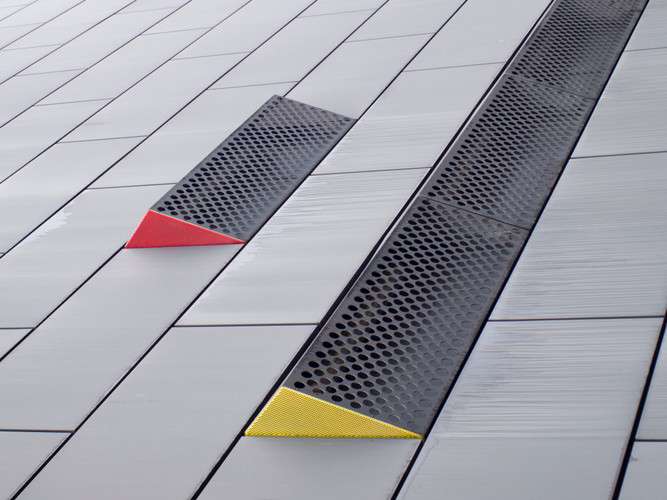Outdoor Wireless Security Camera System
Outdoor wireless security camera systems have become increasingly popular for home and business owners seeking peace of mind and enhanced security. These systems provide real-time video monitoring and surveillance, allowing users to remotely monitor their property and deter potential intruders. With advancements in technology, outdoor wireless security camera systems offer a range of features and capabilities. In this article, we will explore the benefits and considerations of using an outdoor wireless security camera system, addressing five key questions related to this topic.

1. What are the advantages of using an outdoor wireless security camera system?
Outdoor wireless security camera systems offer several advantages over traditional wired systems. Firstly, the absence of wires makes installation quick and easy, eliminating the need for drilling holes through walls or running cables. This flexibility also allows cameras to be placed in more strategic locations, providing optimal coverage. Additionally, wireless systems offer remote access through mobile apps, enabling users to monitor their property from anywhere with an internet connection. The ability to receive real-time notifications and alerts ensures timely response to any suspicious activity. Finally, many outdoor wireless security camera systems come equipped with advanced features such as motion detection, night vision, and two-way audio, providing comprehensive surveillance capabilities.
2. How does an outdoor wireless security camera system work?
Outdoor wireless security camera systems consist of multiple components working together to ensure effective surveillance. The main components include wireless cameras, a network video recorder (NVR) or cloud storage, and a smartphone or computer for remote access. Wireless cameras capture video footage, which is then transmitted wirelessly to the NVR or cloud storage. The NVR acts as a central hub, recording and storing the footage. Users can access the recorded or live video feed through a smartphone or computer by connecting to the NVR or cloud storage via the internet. Some systems also offer the option of directly storing footage on memory cards within the cameras themselves.
3. How reliable is the wireless connection in outdoor environments?
The reliability of the wireless connection in outdoor environments depends on various factors. Firstly, the distance between the camera and the wireless receiver plays a significant role. The signal strength may weaken if the cameras are placed too far away from the receiver or if there are obstructions such as walls or trees. The presence of interference from other devices operating on the same frequency can also affect the reliability of the connection. However, many outdoor wireless security camera systems now utilize Wi-Fi technology that operates on multiple frequencies, minimizing interference and ensuring a stable connection. It is advisable to choose a system from a reputable manufacturer that provides high-quality components and technology to ensure reliable wireless connectivity.
4. How secure is the footage captured by outdoor wireless security cameras?
Ensuring the security of the footage captured by outdoor wireless security cameras is crucial. It is recommended to choose a system that offers encryption protocols to protect the video feed and stored data from unauthorized access. Additionally, enabling password protection and regularly updating firmware can enhance security. Storing the footage in a secure cloud-based storage service or utilizing an NVR with built-in security measures can provide an extra layer of protection. It is important to review the security features provided by the system manufacturer and follow best practices for securing the cameras and associated devices.
5. What are the potential limitations of using an outdoor wireless security camera system?
While outdoor wireless security camera systems offer numerous benefits, there are some potential limitations to consider. The range of wireless cameras may be limited, especially in large properties or areas with multiple obstructions. It is essential to plan camera placement carefully to ensure optimal coverage. Additionally, the reliance on Wi-Fi connectivity may make the system vulnerable to network outages or hacking attempts. Power supply can also be a consideration since wireless cameras require a continuous power source. However, many systems offer power options such as batteries, solar panels, or connection to an external power source. Understanding these limitations and selecting a system that best fits the specific requirements of the property is important to ensure maximum effectiveness.
In conclusion, outdoor wireless security camera systems provide enhanced surveillance and peace of mind for home and business owners. The advantages of easy installation, remote access, and advanced features make these systems a popular choice. However, it is crucial to consider factors such as wireless reliability, data security, and potential limitations when selecting and utilizing an outdoor wireless security camera system. By understanding these considerations, individuals can make informed decisions to effectively safeguard their properties.
